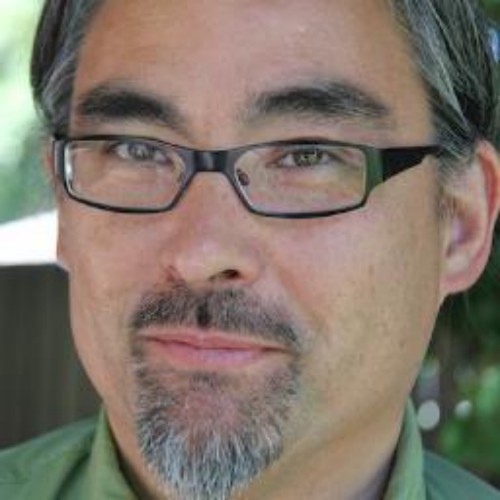“Early to bed and early to rise:” there’s probably no more famous piece of advice in American history. When Benjamin Franklin wrote those words in the 1700s, rising early was a central part of agricultural life; today, it signals a can-do attitude, a willingness to get an early start, or simply a way to squeeze more hours out of the day. For some CEOs, getting up at 5 a.m. allows them to work out, get a jump on the competition, or simply have some private time.
As I explain in a new book, I’ve become a devoted early riser. When I first started getting up early to write, it was simply an effort to make the day longer. But over time I’ve discovered that there’s something unique about the spirit of those hours; they possess a stillness that’s worth honoring. Now, my morning routine is organized to preserve that stillness while pushing ahead on my work. It’s not just about being “organized.” It’s about creating and maintaining a certain kind of mental state that concentrates and captures your purest creative energy.
Here’s how I do it.
I’m nudged out of sleep at 5:00 am by the strains of Miles Davis’ “Freddie Freeloader” or one of Bach’s solo cello pieces.
The alarm is designed to rouse me slowly, not drag me out of sleep. Waking up slowly to Yo-Yo Ma and being able to operate on automatic leave that undisturbed.
I grab the clothes at the foot of my bed, then head to the kitchen for a cup of coffee.
I set up both the night before. I don’t have to spend any time or energy looking for a sweatshirt, grinding beans, or rooting around in the dishwasher. I have fewer excuses to stay in bed, and fewer decisions and distractions when I get up.
After I’ve got my coffee, I head for my desk. I turn on a light, turn on music, and start writing. Every one of these is designed to maintain that stillness.
I use a desk lamp that throws a narrow beam. I want to be stay focused, keep distractions at bay, and be up but not too awake or aware. I keep the rest of the room in shadow, and avoid turning on overhead lights as long as possible.
In the early hours I have a preference for Chopin nocturnes, Beethoven quartets, and other classical music with simple arrangements. I also like older recordings. Their flatness goes down easier in the early morning, and it places me in the company of generations of writers and scholars who worked in the pre-dawn hours at their desks in London or Budapest or Warsaw.
The first words I type complete a sentence that I consciously left unfinished the day before. This is an old writer’s trick, and it works wonders. Stopping in mid-sentence means you don’t confront the existential terror of a blank page first thing in the morning. More important, it nudges your subconscious to keep thinking about your work even after you’ve turned your conscious attention to other things. Before bed, I make a list of the things I’m going to write about the next morning. Sometimes I dream about them; sometimes the answer to a problem appears on the screen before I’m even completely aware that I’ve typed it. It’s clear that my subconscious has worked on them while I slept, and in the early morning is still close enough to the surface of my mind to present its solutions, before receding back into the depths.

Everything I do in the morning—and everything I do the night before to set up for the morning—is designed for those moments. I’m trying to keep myself midway between sleep and awareness, to keep open the door between my creative subconscious on one side, and my conscious mind and the keyboard on the other. Like many borderlands, this state on the edge of sleep and wakefulness is shifting and unstable, but rich. At 5 a.m., I can still feel the weight of sleep in my head— it feels like a blanket pressing down on my consciousness— but it’s light enough to let ideas flow. It’s worth spending the first part of my morning there. In those early, focused hours, ideas come easily that would take immense effort later in the day; I write at a pace and quality that is hard (but not impossible) to achieve at other times.
When it all goes well, by the time my family is up and I need to walk the dogs and get ready for my day job, I’ve written a thousand words, and completed the most important work of my day.
This is not to say that mine is The Perfect Morning Routine, or that it’s entirely my invention. It’s inspired by—okay, stolen from—the early risers I write about in my book Rest: Why You Get More Done When You Work Less, leavened with some ideas from psychology and neuroscience, and my own experience. It reflects what’s most valuable about the morning for me; if I were getting up to go for a run, to get a jump on the markets in London or Tokyo, or to get briefed on the day’s threats, it would be very different.
Finally, it reflects a reality that we often lose sight of in our 24/7, always-on world. Our days have a rhythm, and we do better work if we recognize and work with it, rather than fight it. Just as it’s hard to go surfing when there are no waves, it’s easier to do focused, creative work when our minds are fresher and well-rested. My best energy, my purest concentration, and my best ideas come in the very early hours when the creative waves are deepest. You’ll do better work if you discover your best hours, and design your day to make the most of it.


